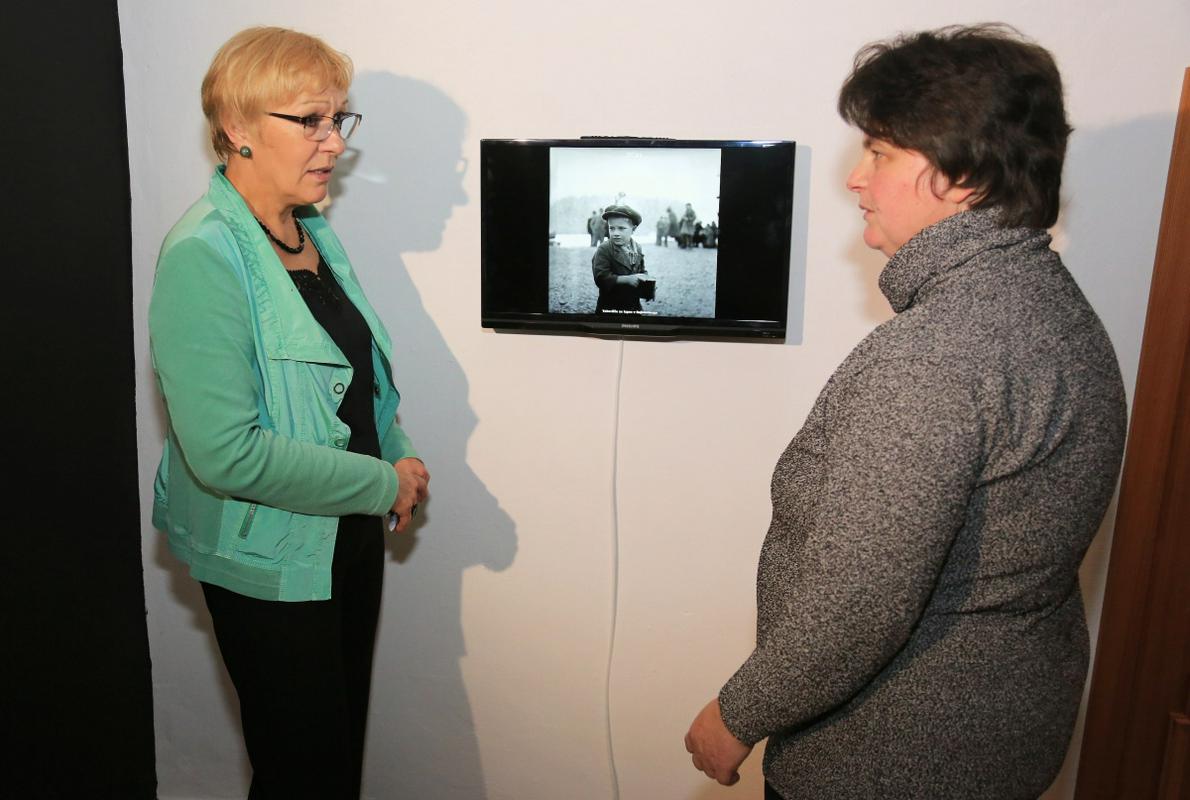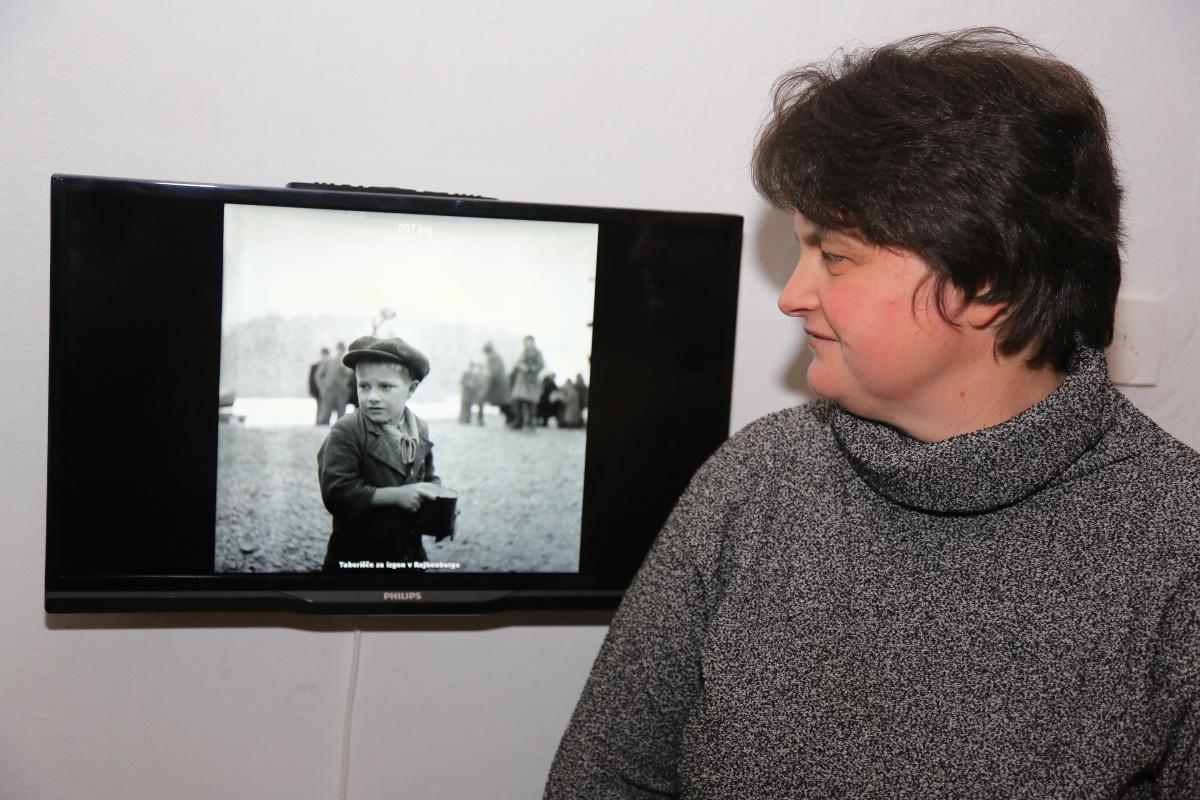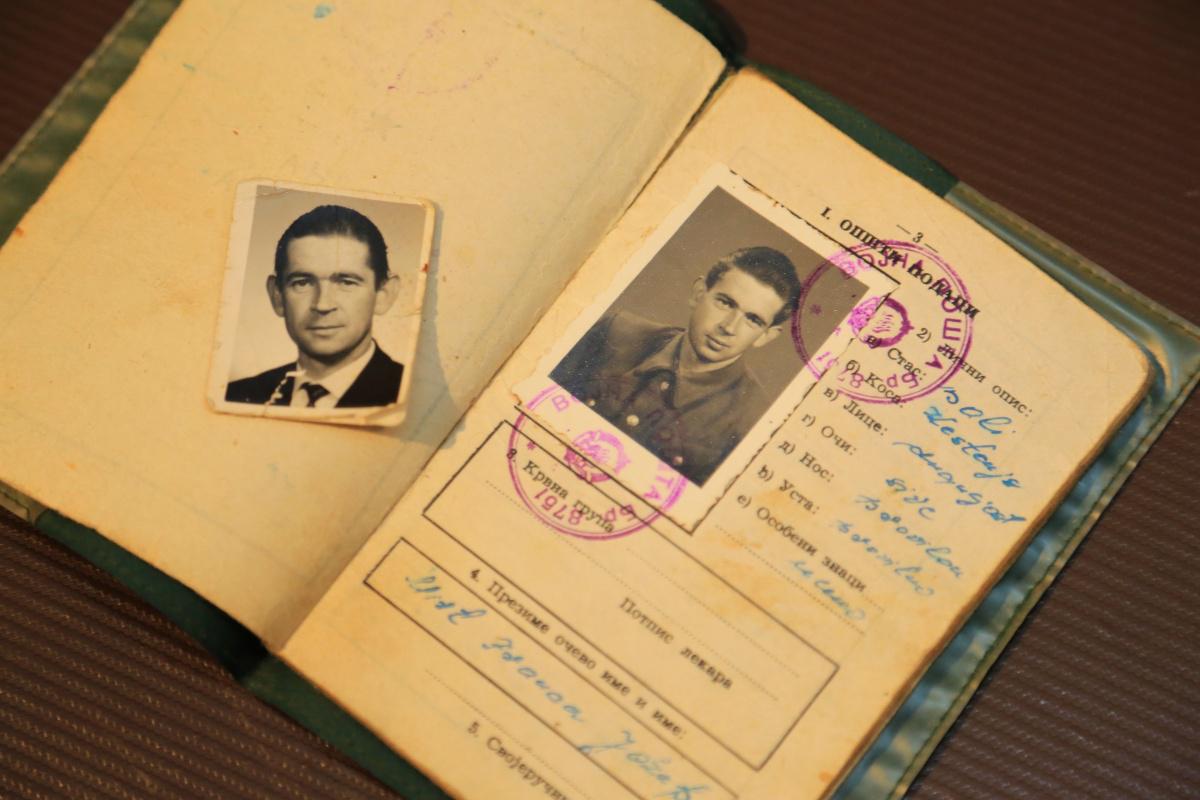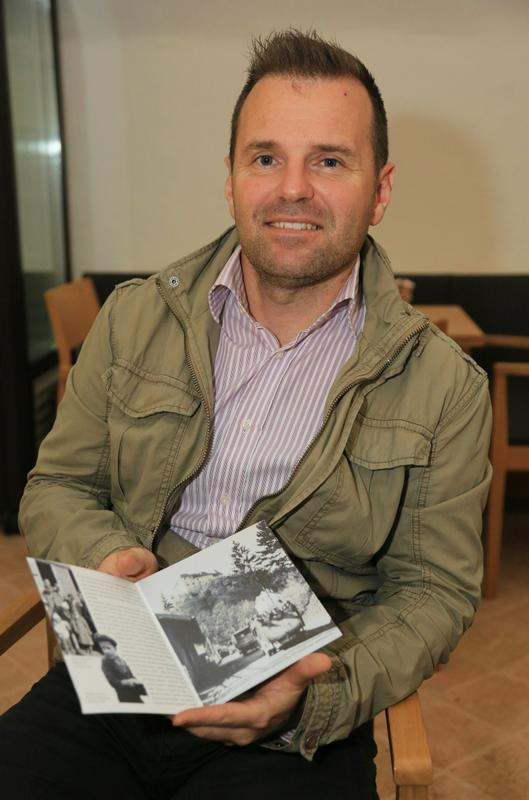
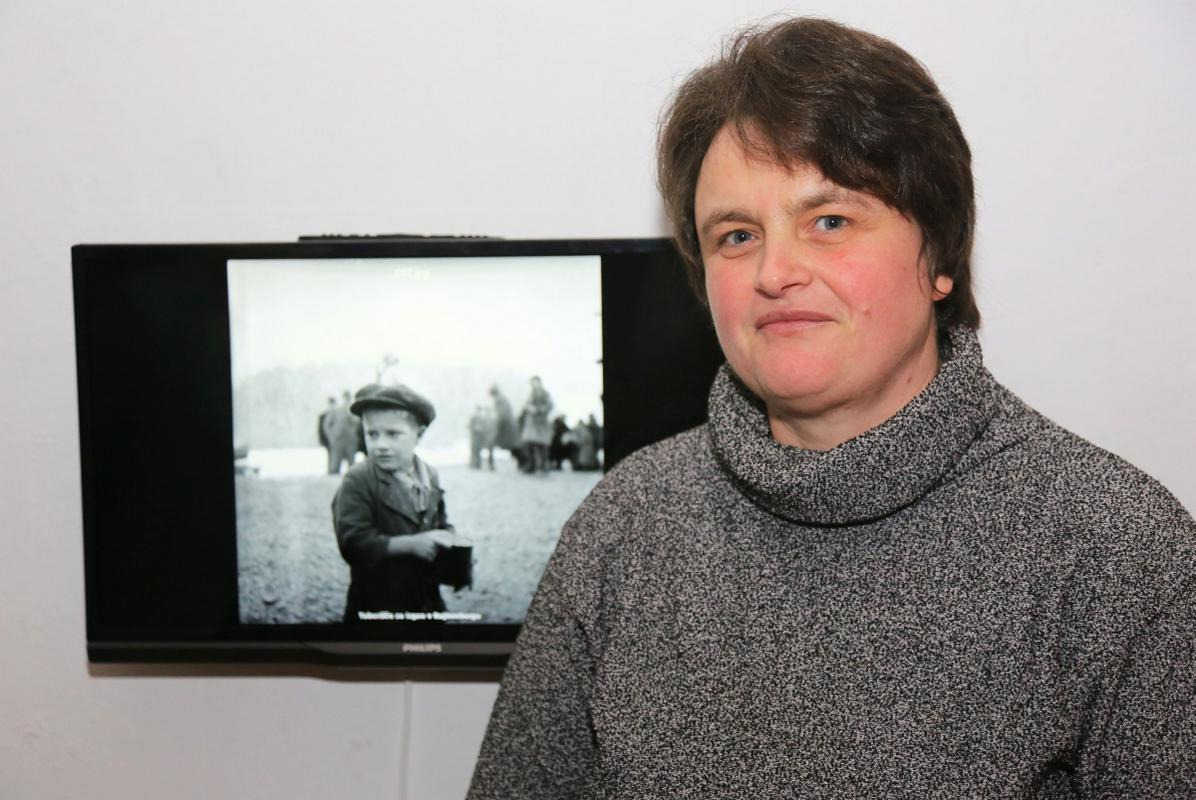
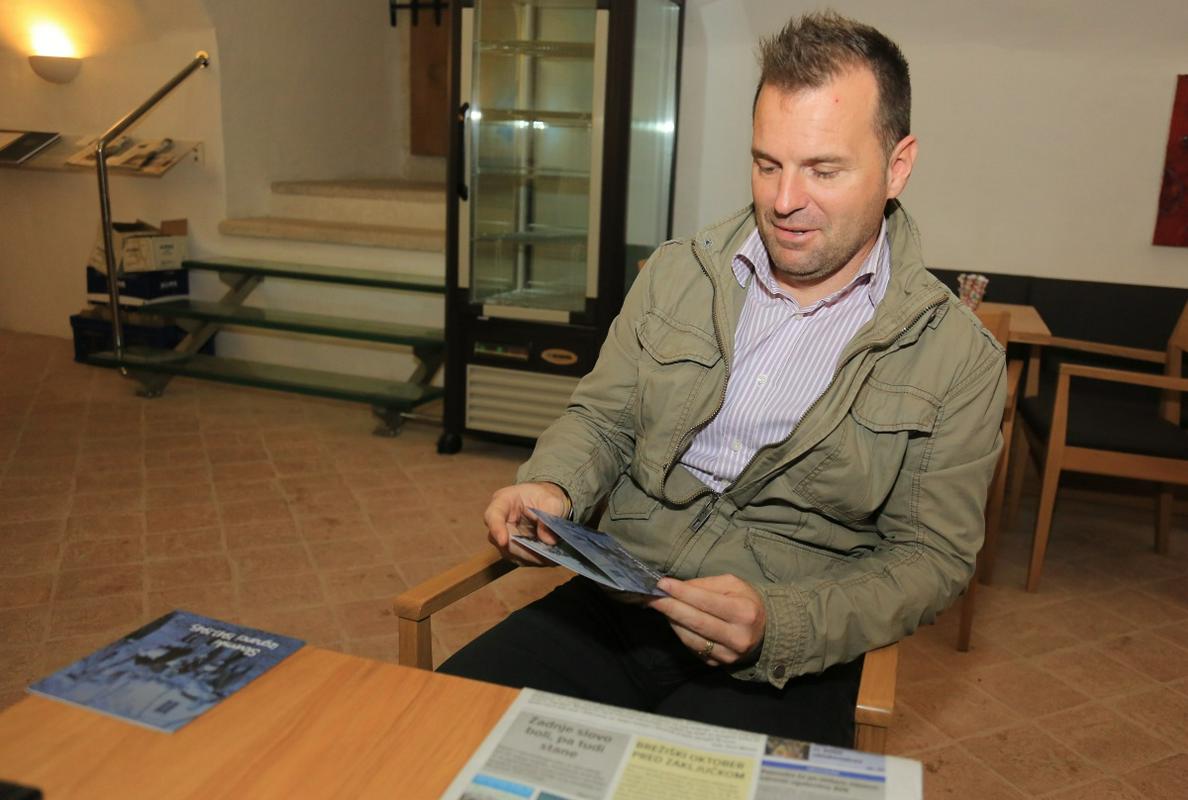
At the first presentation of the exhibition by dr. Tone Ferenc on Slovenian deportees at the Rajhenburg castle many of the visitors couldn't put out of their mind a photo of a young boy, taken by the German invaders at the Brestanica transition camp for deportees on November 7, 1941. The boy holding a small pot in his hand was photographed while waiting for deportation to Germany. Historians have been trying to identify the child, but to no avail - until this year.
73 years after the photo was taken, and 46 years after it was published, the identity of the boy, 10 years old at the time, is finally known, and confirmed: it was Jože Mirt. His daughter Frančiška Hudobreznik has noticed the similarity and believed it could have been her father, but she was not certain, as she had no photographs of her father from his youth. She returned to the museum, and contacted Irena Fürst, the curator and head of the Museum of Recent History, Brestanica unit, who was not able to confirm her suspicions, as nobody knew for certain the identity of the boy, although a number of people speculated it could have been their brother, their uncle, or somebody else they knew.
Fürst explained: "We museum workers do our best to identify the people on old photographs, we try to learn their names, and their stories. After our telephone conversation Frančiška Hudobreznik sent me his personal data, and two of his photographs, one from the period when he was twenty, and one from the period when he was around forty years old. When comparing the photos I was able to see the likeness, i.e. certain details which proved it could be the same person. But of course, I couldn't be absolutely certain."
As at that time a new presentation of the permanent exhibition on deportees was being prepared, they asked experts for help. They contacted the expert for facial identification Gregor Kovač, and he kindly offered his help and analysed all the photos, in spite of the fact that they had no money for that purpose. He confirmed the assumption of the daughter.
"Based on the comparison of the comparative material, and the material in question, I established that the comparable facial characteristics can be found on all three photos. Some characteristics were very prominent: the shape of the nose, ears, face, and chin, and some individual traits on the face which could be compared due to the quality of the photos. The results obtained by the mathematical algorithm for comparison of biometric characteristics, and additional facial comparison resulted in the conclusion that the person on the photo it is in fact Jože Mirt," he said.
His finding was later confirmed by the father's childhood friend, who was shown the photo by the daughter, Frančiška. As it was established later, Jože Mirt, born on March 15, 1931 in Vrhulje, Krško municipality, was an illegitimate child of Zora Mirt, foster daughter of Johana Prelesnik, and his father was Franc Lavrenčič; both parents were from Vrhulje. They both later married other partners, and had their separate families. On November 1941 they were all deported. Jože Mirt was deported with Johana Prelesnik, and his mother and his father with their own families. After the end of the war he returned to his native country with Johana Prelesnik, but as she died in 1946, he went to serve as farmhand to a farmer in Nemška vas near Leskovec pri Krškem. In 1951 he went to serve the national service, and when he returned he at first worked at the Velenje liginte mine, and later in Gorenje. In 1978 he went into disability retirement, and died in March 1981.




















































